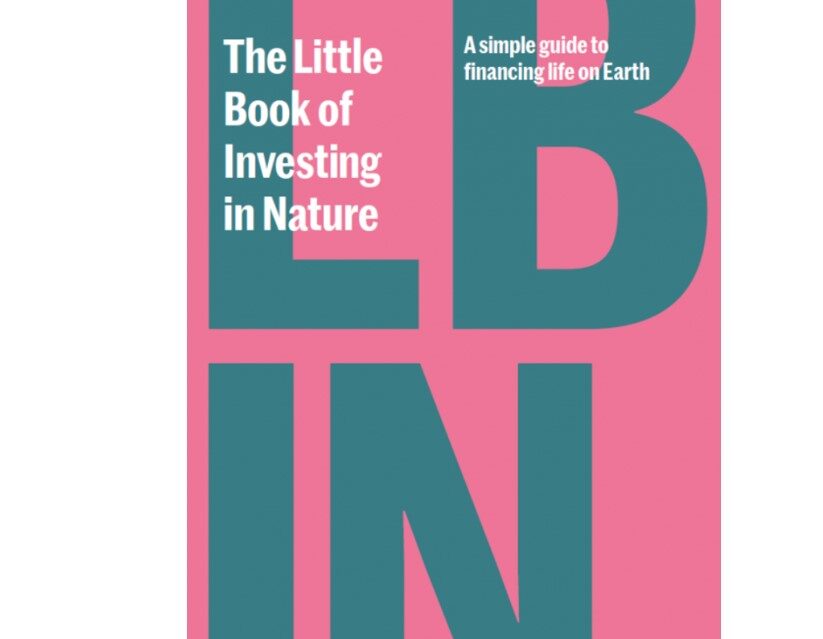The Little Book of Investing in Nature
The Little Book of Investing in Nature is a comprehensive publication that lays out frameworks and mechanisms to increase financing of biodiversity conservation. While some measures to protect biodiversity may come at an economic cost, others generate strong returns, economic and otherwise. This book presents evidence that, if a well-considered series of measures to protect nature is implemented, nature may be able to pay for itself. This book is designed to serve not only the needs of the public sector, business and civil society actors in developing practical financing solutions for biodiversity, but also as a survey of the variety of mechanisms currently in use in biodiversity finance for those who want to understand how to invest in nature in a manner that helps protect our biosphere rather than damage it.




